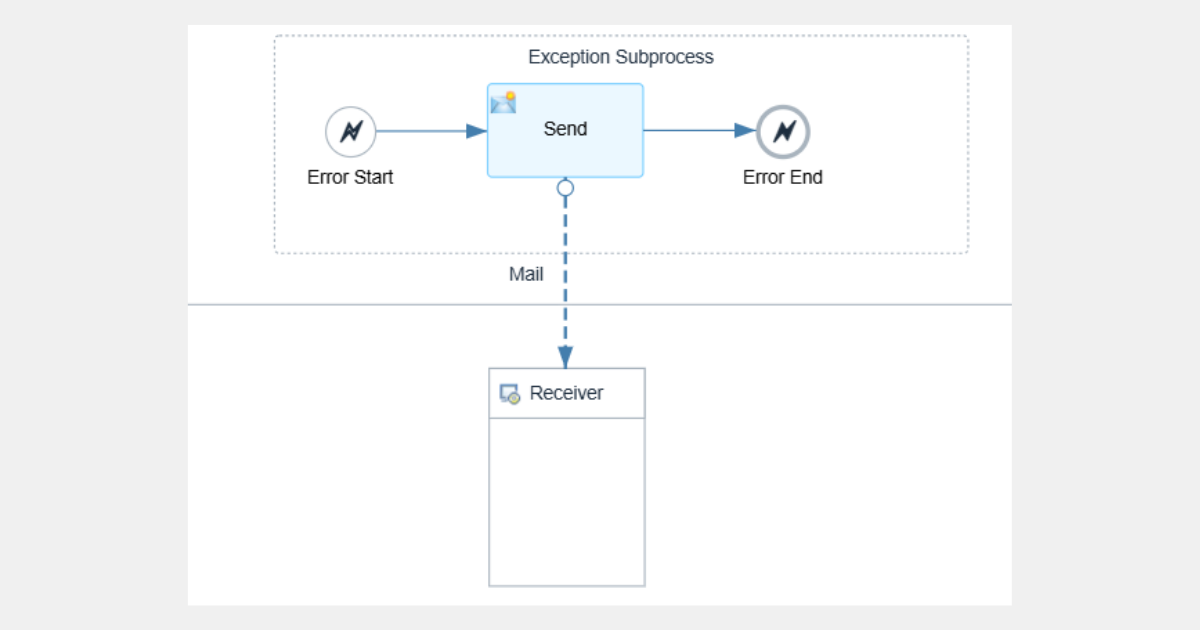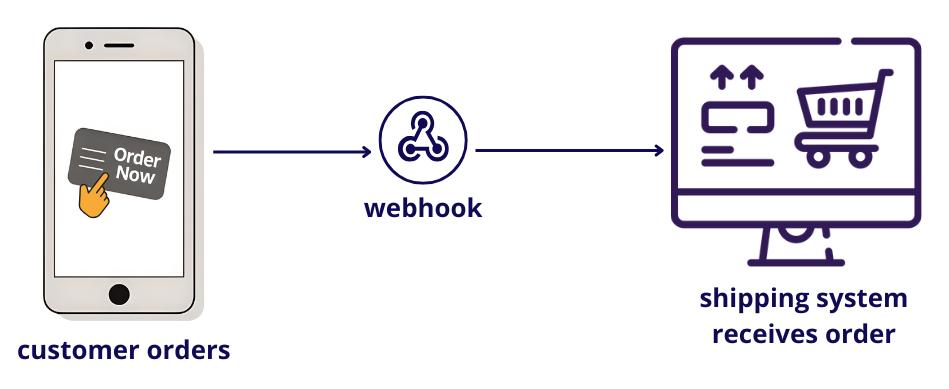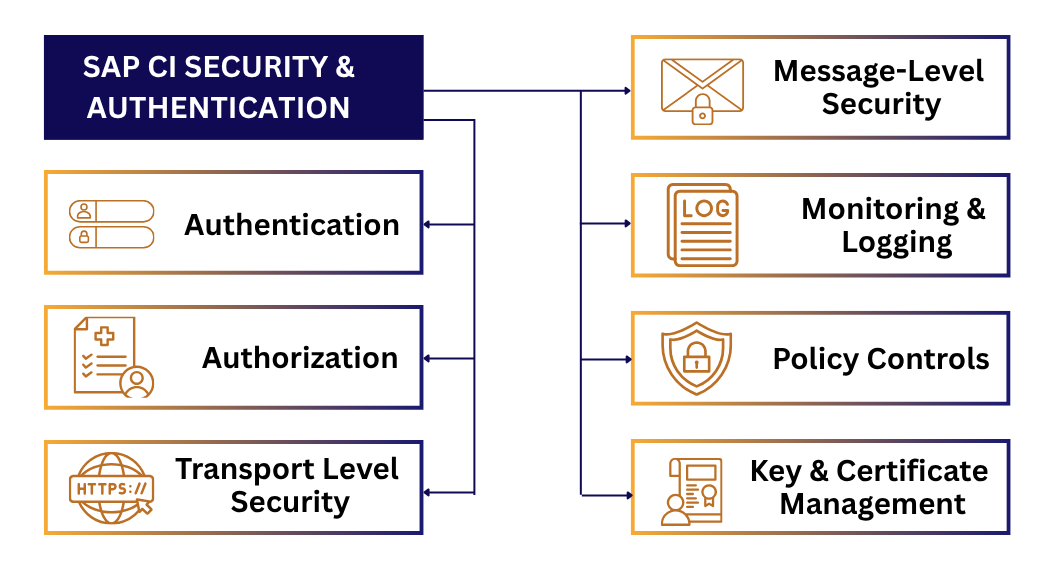The global data integration market is already worth USD 15.24 billion as of 2024. Moreover, the momentum is not slowing down. Companies worldwide are increasing their investments in data integration. Why? Because when systems can communicate easily, business operations run more smoothly, customers are happier, and decisions are made faster.
But there is a problem! It's not always easy to get all these systems to speak the same language. Obstacles are often caused by unreliable systems, different technologies, inconsistent data formats, and real-time processing issues. As the tech landscape becomes more complex, it becomes harder to integrate everything without encountering some problems.
SAP Cloud Integration can assist with that. It's more than just a connector. It serves as a link between SAP and non-SAP systems to ensure that your data is transferred securely and dependably.
Why do businesses choose SAP Cloud Integration?
The following are some reasons businesses choose SAP Cloud Integration as their preferred cloud platform solution.
System Reliability
Let's be truthful. All systems are flawed. API timeouts, network problems, and server failures all happen. The real question is how well your system recovers from failure.
For example, the car tracking system that relies on an external API suddenly stops receiving updates when the API fails. Operations halt, teams move quickly, and customers start asking questions. Now imagine that SAP Cloud Integration enables the same system; it responds to that error as follows:
- It uses the built-in retry logic to try the unsuccessful HTTP request again.
- It uses automated notifications to notify the appropriate team instantly.
- It records the error in a datastore so that no information is lost and the team can fix the problem without assumptions.
Using components like exception subprocess, SAP Cloud Integration actively helps resolve problems rather than just identify them. That's the kind of reliability that modern businesses need.

Real-time Integration
Batch processing is comparable to dial-up internet in the modern world. Simply put, it moves too slowly. The new norm is real-time, particularly in sectors like e-commerce that move quickly.
Let's say a customer buys a smartphone from your online store. The order must reach your shipping partner within seconds of them clicking "Place Order." No delays, no bottlenecks. Real-time processing is made possible by a webhook built into SAP Cloud Integration, which instantly sends data when specific events take place.
As a result, your systems start working as soon as your customer does, rather than waiting for the next batch cycle. Real-time integration leads to fewer support calls, faster service, and happier customers.

Adequate Security & Authentication
In a world where data breaches make headlines, security isn’t optional but critical.
Many integration solutions leave gaps that hackers love to exploit. However, SAP Cloud Integration brings enterprise-grade security features that cover every angle.

Security Features
- Authentication: From SAP IDs to client certificates, it ensures only the right people get in.
- Authorization: Role-based access keeps sensitive actions in trusted hands. For example, who you assign the IntegrationDeveloper role can develop integration solutions.
- Transport-Level Security: HTTPS keeps data safe in motion.
- Message-Level Security: Encryption like XML encryption protects payloads during transit.
- Monitoring & Logging: See who did what, when, and where using SAP Security Audit Log.
- Policy Controls: Enforce rules like data retention.
- Key & Certificate Management: Stores keys and certificates for encryption.
Standardized Data Formats
Different systems support different formats, such as CSV, XML, JSON, and more. Without a qualified intermediary, it can be tough to get them to understand one another.
With the robust mapping and transformation tools that SAP Cloud Integration offers, converting data between formats is simple and free of errors.
Let's say your SAP S/4HANA backend only understands XML, but your online store sends customer orders in JSON. As the intermediary, SAP Cloud Integration easily receives, transforms, and distributes the data. Your customers only receive their order confirmations; they are unaware of the complexity.

Loose Coupling
Have you ever attempted to update one system only to discover that it disrupts all others? When systems are closely coupled, that is what occurs. They depend too much on one another's inner workings.
SAP Cloud Integration uses an event-driven architecture (EDA) to support loose coupling. It makes it possible for various systems to function independently and only respond to relevant events.
Consider a banking website. Every operation, including transfers, deposits, and withdrawals, can function independently. If one fails, the others keep going. A new feature, like a loan application, can be added without interfering with the other operations.
Conclusion
This blog explains why SAP Cloud Integration is the most important tool for business connectivity. It can help you turn complexity into clarity. Whether real-time data processing, system reliability, or flexible data transformation, SAP Cloud Integration is the right tool you need.
FAQs
What are common use cases for SAP Cloud Integration?
Answer: Common use cases include:
- Integrating SAP S/4HANA Cloud with Concur, or SuccessFactors.
- Syncing data between SAP and third-party CRMs such as Salesforce.
- Automating business processes via event-driven integrations.
What are the key components of SAP Cloud Integration?
Answer: Key components include:
- Integration Flows that define end-to-end integration logic.
- Adapters such as, SFTP, HTTP, IDoc, SOAP, OData.
- Monitoring tools to track and troubleshoot messages and integration executions.
- ProcessDirect adapter for internal communication between integration flows.
- Pre-packaged contents which are delivered via Developer Hub.
How is SAP Cloud Integration different from SAP PI/PO?
Answer: SAP Cloud Integration allows you to connect SAP and non-SAP applications seamlessly. Unlike SAP PI/PO (Process Integration/Process Orchestration) which is on-premise, SAP Cloud Integration is built for the cloud.
Do you want to
learn more about integration?
We are dedicated to make our knowledge accessible. You can either figure it out by yourself or you can let us give you a hand.
Let us take care of your integration.
We are SAP Certified and we can make your project happen. Explore our services and contact us. We will be happy to take on your project.
View Our Services
-modified.png)

